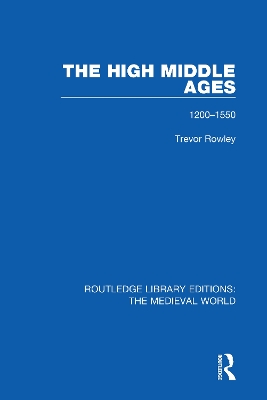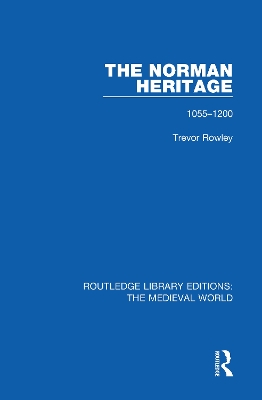Routledge Library Editions: The Medieval World
2 primary works
Book 43
Originally published in 1986, The High Middle Ages begins in the late twelfth century and ends, not with the arrival of the Tudor monarchs in 1485, but with the destruction of the wealth and power of the Church in the 1530s. The book looks at how the passing of the monasteries marked the transition from an economic and social system based on a balance – however shifting and uneasy – between the church and state, to a supreme reign of the church. The book discusses how the later middle ages were a period not of decay but of rapid change. It examines how social and economic convulsion emerged in a society marked by restless energy and creativity. The three centuries covered in the book mark a key period of extensive change to the landscape and environment of England between 1200 to 1550.
Book 44
Originally published in 1983, The Norman Heritage looks at the Norman Conquest as a turning point in English history. The book argues that not only was this the last time that England was successfully invaded, but it followed a complete change in the ruling dynasty, the introduction of military feudalism, the reform of the church and the rapid spread of monasticism. The book suggests that such social and political changes were accompanied by dramatic architectural and topographical developments. Frenzied building activity resulted in the construction of cathedrals, churches, monasteries and castles and stone was used on a scale unknown since the end of the Roman Empire. The Norman desire to exercise regional political control and to simulate trade resulted in a rash of newly planned towns across the country. In many more subtle ways, Anglo-Saxon landscape was altered and modified by Norman coercion and influence. Through their energy and administrative ability, the Normans transformed the face of town and country alike, and this book traces the impact of the Norman Conquest upon the British scene, through both a historical narrative, surviving structural remains of buildings and the patterns of settlements, communications and land use that developed during this period.

